Why We Didnt Land on Moon Again
The Real Reason We Haven't Been Back To The Moon
On July twenty, 1969, 1 of the most momentous events in homo history occurred: Men walked on the Moon. It was the culmination of more than a decade of scientific, engineering, and political piece of work and represents 1 of our greatest achievements. Eventually the United states of america completed six Moon landings, bringing a total of 12 astronauts to the Moon'south surface past 1972.
And then we stopped.
Information technology will soon exist 5 decades since a human being has walked on the Moon's surface. Reverse to countless science fiction stories, we don't have a Moon base. Contrary to a lot of optimistic opinions, we're not even very close to always going back. Normally, the hardest function most getting from one place to another is the first fourth dimension; subsequently that, the logistical problems take been solved and the trip becomes easier and easier. For example, in one case Europeans figured out there was an enormous country mass between them and Bharat, going to and from the Americas quickly became routine.
And so how come that hasn't happened with the Moon? Although your first guesses are probably function of the explanation, at that place isn't just one real reason we haven't been back to the Moon. At that place'south a whole matrix of reasons keeping us sadly Earth-spring.
The Cold War concluded
One of the key drivers of the USA's quest to land men on the Moon was a sense of competition with the Soviet Matrimony. As Ars Technica reports, the Soviet Matrimony poured money and expertise into their space program in the 1950s, and achieved several amazing fists. Sputnik was the offset bogus satellite orbiting Earth in 1957, and in 1961 Soviet airplane pilot Yuri Gagarin became the offset human beingness to orbit the Earth. By the early 1960s, it seemed obvious that the Soviets were going to be the first nation to country someone on the Moon.
The Cold War was in total gear, and the potential technological and strategic advantages such a feat would give the Russians was a business. President Kennedy said in 1962 "This is, whether nosotros similar information technology or not a race. Everything nosotros do [in space] ought to be tied into getting to the Moon ahead of the Russians."
As noted by former NASA Chief Historian Roger Launius, the Space Race was actually a proxy state of war betwixt the United States and the Soviet Union. Instead of deploying tanks and troops on Globe, the 2 countries deployed scientists and engineers in an effort to claim the Moon as their own—if only symbolically. Those Common cold War weather condition no longer exist, and so far, no country has risen to the same rivalry with the The states equally the Soviet Union had, removing a key reason we went to the Moon in the showtime identify.
It'southward as well politically risky
It took more a decade to become the states to the Moon the first time. Information technology also took an incredible corporeality of coin and effort, both mental and concrete. And it could have gone wrong at any fourth dimension—engineering could take failed, astronauts could accept died, or a new president could take simply canceled the project. The political risks were so loftier information technology's actually miraculous the projection succeeded.
As Business Insider reports, those political risks take only gotten worse in the decades since our last visit to the Moon. Presidents have oft suggested a return to the Moon, and NASA has come up up with several plans to do so—but once the price tag shoots up and the challenges become clear, these plans are usually shifted to goals perceived as more than applied.
That's the other problem: The benefits of going dorsum to the Moon are largely theoretical. Scientific research is a fundamental reason to get back—but there'due south no articulate profit margin. A Moon base could be used as a refueling depot, just until there's a more practical reason to go to and from the Moon—or to use the Moon equally a layover on our way somewhere else—the risks associated with such a project are frightening. Put just, no political leader wants to have their proper name associated with an expensive boondoggle, or a tragic disaster.
The original moon landing was a PR stunt
Information technology'due south absolutely truthful that John F. Kennedy was the man who pushed for going to the Moon, citing the demand to fight the Russians' efforts to dominate space. Just the truth is a trivial less inspiring. Because part of the reason President Kennedy pushed so difficult for the Infinite Program was his need for some good publicity after a series of political disasters had his administration reeling.
As CNET reports, Kennedy began his presidency convinced that a Moon landing would be far also expensive to seriously consider. So he had a very bad, no good yr in 1961. The Soviet Wedlock made the USA look bad when they put Yuri Gagarin in orbit around the Globe. That made the The states look weak, and fabricated the argument that we couldn't beget to go to the Moon await kind of silly.
So Kennedy greenish-lit the Bay of Pigs Invasion. This was a disaster for Kennedy. It was and so poorly organized and incompetently executed, it fabricated Kennedy look really, really bad. It changed his attitude towards his military leaders and advisers, and it forced him to expect for a fashion to change the conversation. Announcing a assuming "Moonshot" mission was ideal. It fabricated him look like a visionary leader and it made the USA look like a technological superpower. If you want u.s.a. to go dorsum to the Moon, we might demand a new political disaster.
The moon landing wasn't designed for repetition
Landing on and strutting effectually the Moon in 1969 was an incredible feat. Sure, it cost a tremendous amount of coin and effort, but you'd be forgiven for assuming that once nosotros've achieved a goal like this, it must get easier to practise.
Unfortunately, yous're wrong—and that's one large reason we haven't been back since the end of the original Apollo Program in 1972. Every bit noted by the MIT Technology Review, because the original Moon landing project was positioned as a "race" against the Soviets, the project wasn't designed for efficiency. Shortcuts were used wherever possible, and no one thought to build sustainable supply chains. The end result is a organization where the equivalent of ii or three jumbo jets' worth of applied science and engineering is only burned upwards or thrown abroad, never to be used over again.
In other words, the whole organisation of getting people to the Moon was never designed for repetition. It'southward actually amazing we ran 17 Apollo missions and got to the Moon half dozen times using it. If we desire to get serious near going back, we'll need to pattern a sustainable, efficient organization for doing so. Don't hold your jiff; in 2007 Google announced the Ten Prize, offering $20 million to the get-go non-governmental organization to consummate a lunar landing. Since then only iii crafts have landed on the Moon—all government projects, none crewed.
The original Apollo designs were barely safe
Since 1969 we've managed to put a total of twelve people on the Moon. That's incredible, merely even more than incredible is the fact that they all survived the trip. Put only, getting to the Moon and dorsum is incredibly dangerous, and the danger is exacerbated past the fact that Apollo craft pattern could be described as taking a "minimally-viable" approach to rubber.
As Buzzfeed News reports, the frantic race to put men on the Moon led to a lot of corner-cut in terms of the technology and engineering science used. Later on the 1969 Moon landing, the sense of urgency that drove the projection evaporated. Nosotros'd beaten the Soviet Union to the Moon, after all, and every subsequent Apollo mission seemed to underscore how little we got back out of these expensive and stress-inducing missions.
It all came to a head in 1970 when the Apollo thirteen mission went horribly wrong. An explosion jettisoned the crew's oxygen supply and damaged the module, leading to a tense, frightening trip home in a crippled ship. While the astronauts returned safely, the incident underscored the fact that the Apollo spacecraft was, in the words of historian John Logsdon, being pushed "right up to the edge of its safe performance." Not long afterwards, President Nixon cutting funding for the Moon landings and shifted NASA's focus to cheaper, safer projects: Skylab and the Infinite Shuttle.
We demand better engineering science
Technology is always advancing, right? We managed to put together spacecraft that carried astronauts to the Moon and then got them home prophylactic and audio in 1969. Surely the last five decades have seen some incredible advances in the technology needed for such a mission?
If y'all're talking about computers, the answer is yes. The computers on the Apollo lunar modules were incredibly basic compared to today's hardware. In fact, equally Real Clear Scientific discipline notes, the smartphone in your pocket is probably 100,000 times more powerful than the computer in the Apollo spacecraft. Heck, some calculators released in the 1980s were more powerful.
But computers are just part of the applied science required to go people to and from the Moon—and their limited capabilities were by blueprint, as they needed to be extremely efficient in order to use very little electricity. And as noted in Forbes, much of the hardware used in the Apollo missions remains country-of-the-art—and this applied science was barely good plenty to get u.s. there and keep everyone alive dorsum then. The lack of serious advances tin can be seen in how similar today'southward Infinite Ten launches are to the launches in the 1960s—not much has changed. And that's one huge barrier to going back to the Moon.
Presidents aren't patient
Legacy is always on politicians' minds. John F. Kennedy officially launched the mission to land on the Moon in 1962. By the time we actually achieved it in 1969, he had been assassinated—merely he would have been out of office even if he'd lived, thanks to term limits. Richard Nixon, who Kennedy had defeated in the 1960 election, was the human who got to bask in the publicity generated by the Moon landings.
That makes presidents hesitate. As Lifehacker notes, since it can accept a decade—or more than—to fund, design, build, and test something as complex equally a Moon landing, any president that pushes for such a project is guaranteed to be out of part by the fourth dimension information technology reaches fruition. In today's political climate where presidents are never not candidature, that'south intolerably long to await. And incoming administrations—especially if they're of the opposing political party—have a habit of canceling big projects put into motility by their predecessors precisely to deny them the credit.
In fact, Buzz Aldrin, the second man on the Moon, has argued pretty plainly that the only way we're getting dorsum to the Moon is if both political parties in this country put aside their differences. "I believe it begins with a bi-partisan Congressional and Administration delivery to sustained leadership," the legendary astronaut said, and he's non wrong.
The Challenger and Columbia disasters
Every bit Buzzfeed News notes, the Infinite Shuttle plan was pushed forward in the 1970s because it would exist cheaper than landing on the Moon—and safer. The Space Shuttle programme might accept been a footstep back from the incredible achievement of putting people on the Moon, but it kept humans in space and served an incredibly of import purpose both in preserving the USA'south position as a leader in infinite exploration and people'southward excitement about it.
When the Infinite Shuttle Challenger exploded on takeoff in 1986, it was a horrifying moment that chilled the unabridged nation. Equally Space notes, that upshot led to changes in how NASA worked and how the Space Shuttle programme was used. It was scaled back, and some of the missions the Shuttle was performing were shifted back to older, more than reliable technologies.
So, in 2003, the Space Shuttle Columbia disintegrated when returning to World. Every bit PBS reports, this 2d disaster had a much broader issue on the space program. President Bush-league and his assistants question whether it was worth putting human lives in danger by putting them routinely into infinite. This new, more cautious attitude pretty much ended any risk of a serious effort to return to the Moon—such a mission suddenly seemed far besides unsafe.
Making the moon pay is hard
Similar information technology or not, nosotros're a capitalist society. Projects are pitched with a return on investment—and putting people on the Moon merely doesn't offer whatsoever kind of profit. In fact, when you consider how much incredibly expensive technology winds upwards burning upwardly and crashing into the ocean, never to be used again, information technology runs into negative numbers past a wide margin.
There are some possible means the Moon could exist made into a profit-making operation, which would concenter investors and corporate money to the projection. As noted by Space, the Moon is a rich source of helium-3, a rare—and finite—element that could ane day exist a tremendous source of power. And the Moon could besides be gear up as a stopover point for longer trips. For example, a manned mission to Mars could fly to the Moon, refuel, and have a much better take chances of arriving safely on the Red Planet.
But for either of those scenarios to make sense, we'd demand a permanent Moon base of some sort. According to Yahoo Finance, estimates on the price to plant a "bones" sort of base of operations run to the $100 billion range—and maintaining just four astronauts in such a base would price $36 billion a year. And that's before setting up the equipment and infrastructure for mining or refueling operations. That means making whatsoever sort of profit is nearly impossible—so enthusiasm for a return remains low.
New resources opening on Globe
I major reason that plans to return to the Moon have been put on hold is that the resources necessary for such a massive undertaking are needed much closer to habitation. In the Arctic, specifically.
Equally CNBC reports, climatic change is quickly transforming 1 of the well-nigh inhospitable areas of the world, the Arctic Circle, into a rich source of new, resources-packed territory. It's estimated that oil and natural gas reserves worth as much as $35 trillion are waiting under the ice, and the USA is locked in a race with both Russia and Red china to secure as much of the expanse as possible. Much of the money and engineering science brains that might exist working towards a new moonshot are instead working on this problem instead.
The similarities betwixt the challenge of building a base on the Moon and locking downwardly the rights to the Arctic are then strong, in fact, that Wired reports that the race to control the Arctic is viewed as a dry out run of sorts for the eventual race to control the Moon. There are already legal arguments forming that the mode things are handled in the Arctic equally information technology opens up should be a model for how disputes might be handled in the future on the Moon. Only nosotros won't get to the Moon until we sort out the much more than pressing—and more local—issues here offset.
The focus is on Mars
"Been there, done that" doesn't seem similar it would be a viable political or scientific mental attitude, but it sums up the basic attitude of many when it comes to the Moon. In fact, many people in the government and in space-related agencies think we should exist focusing on Mars as a priority.
As Scientific American reports, the House of Representatives' Committee on Scientific discipline, Space, and Technology introduced a bill this year to brand exploration of the red planet NASA's official stretch goal. Not but is Mars a much more than valuable destination in terms of scientific research and expanding our agreement of the universe, it'south also a goal that has captured the public'southward imagination.
That doesn't mean going back to the Moon is completely off the tabular array, however. Equally The Atlantic reports, near experts concur that the but way nosotros're going to get human beings to Mars reasonably safely is if we build a relay station of sorts on the Moon. Astronauts would travel from the Earth to the Moon, refuel and make other preparations, so launch from the Moon to Mars, simplifying the logistics of the trip. But that ways that we're still not going back to the Moon until someone puts some serious money, talent, and other resources backside a trip to Mars.
The global pandemic is slowing things down
The global pandemic has blessed u.s.a. with toilet paper shortages, mask requirements, and endless Zoom meetings. Now in that location'south ane more than affair you tin can blame on the novel coronavirus: A lack of progress on going back to the Moon.
When NASA appear plans to get American astronauts back on the Moon by 2024, many thought it was overly optimistic—simply even if the schedule slipped, information technology was an heady development. As Reuters reports, the program to go back to the Moon led to serious work on creating a next-generation rocket called the Space Launch Organisation (SLS), forth with a new crew module called the Orion. The program has hit some bumps—information technology's already $2 billion over upkeep—just information technology was scheduled to exist tested for the showtime time this yr.
But just similar every other industry, the aerospace world has been hit by the global pandemic. NASA recently announced information technology would be forced to shut downward two important facilities: The Michoud Assembly Facility and the Stennis Space Eye in Mississippi. The closures were necessary because employees there tested positive for the coronavirus. The shutdowns accept had a large touch: NASA had to officially suspend the SLS programme for the time being, dealing a serious blow to any chances of a return to the Moon.
Source: https://www.grunge.com/247837/the-real-reason-we-havent-been-back-to-the-moon/
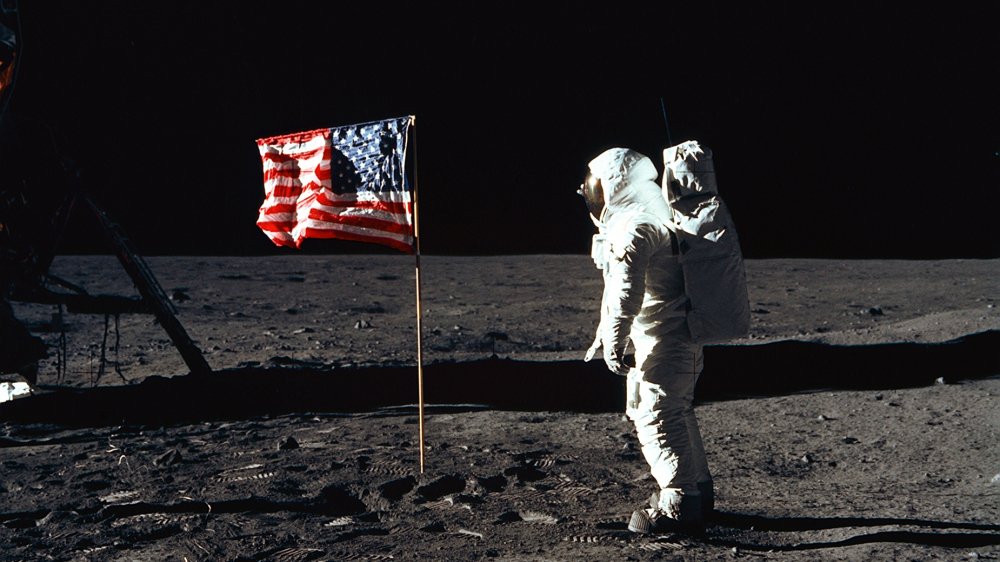

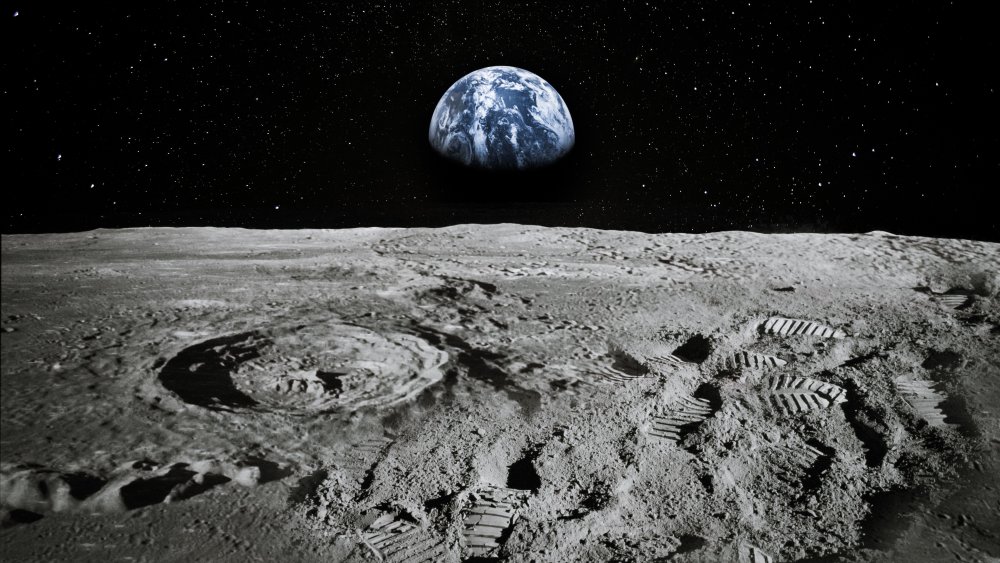

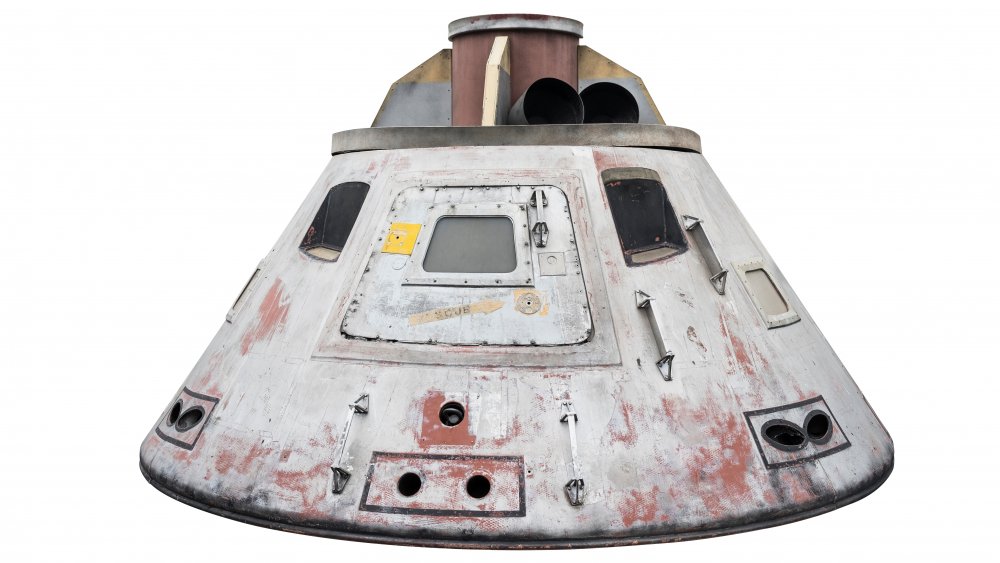
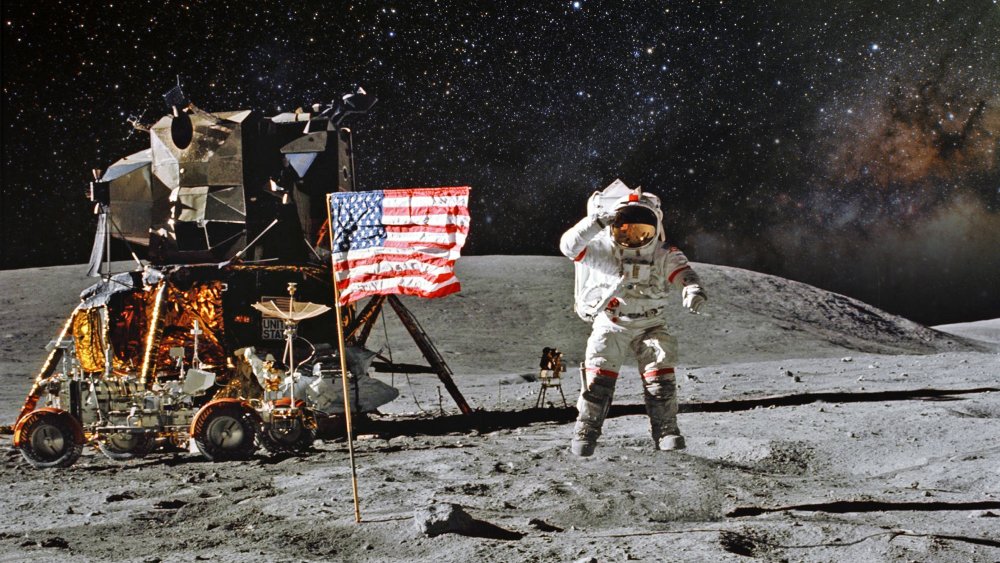
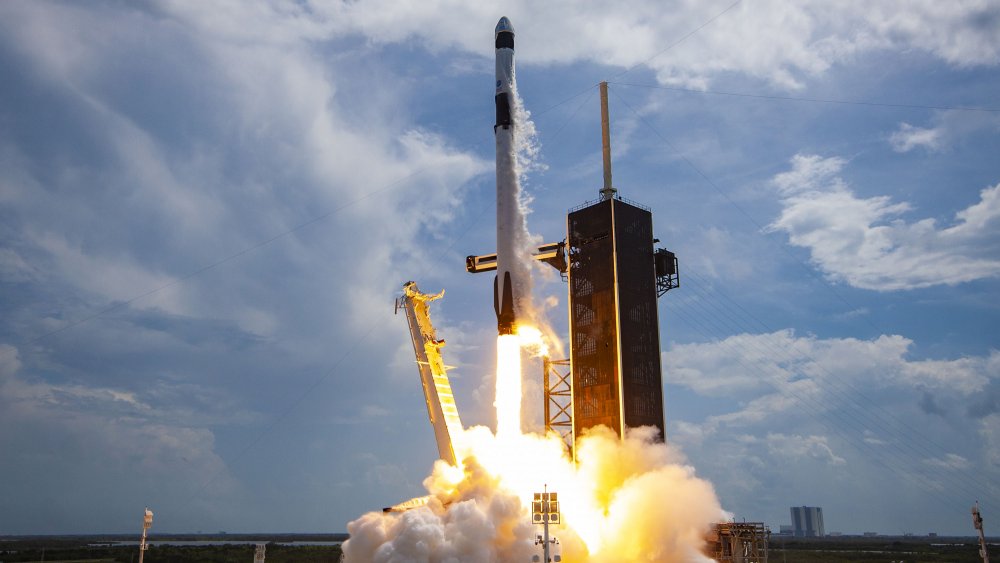
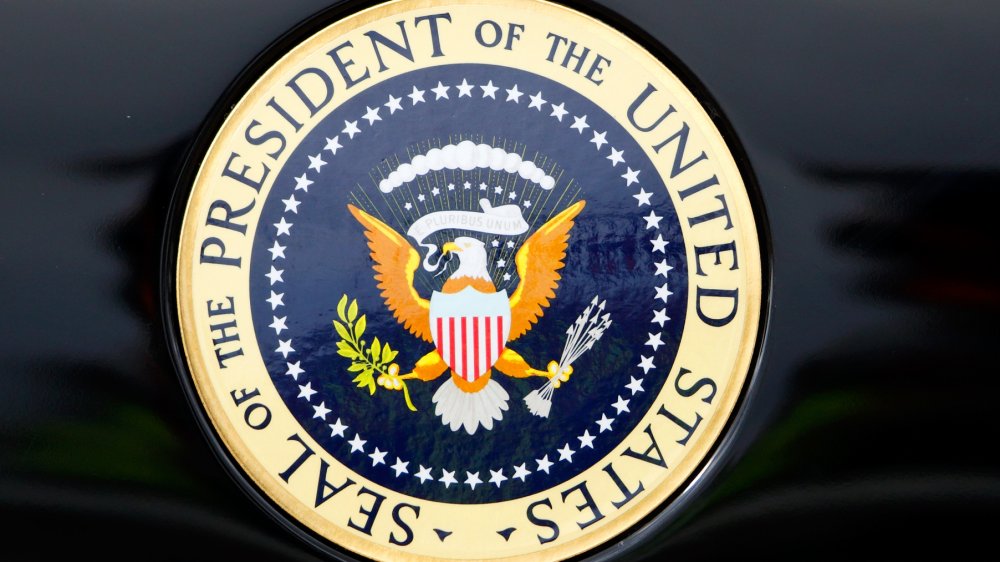



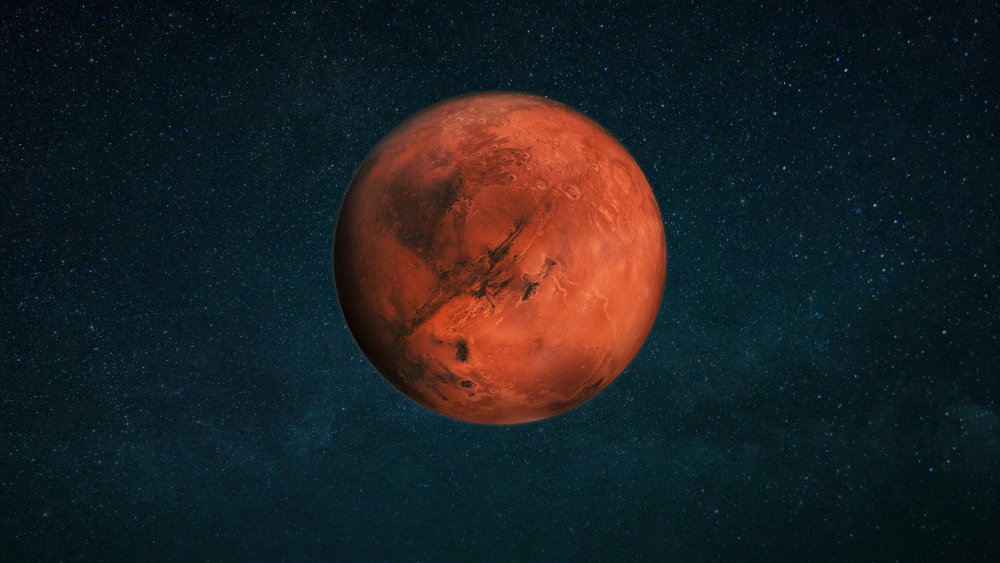

0 Response to "Why We Didnt Land on Moon Again"
Publicar un comentario